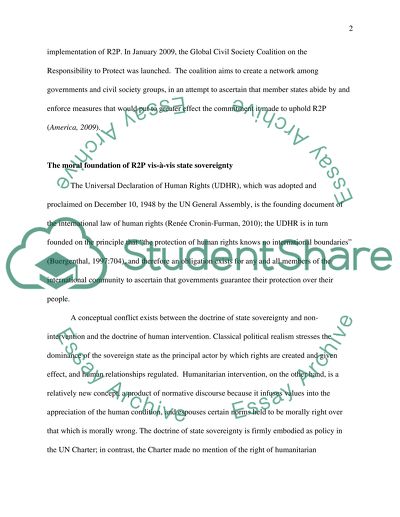Cite this document
(n.d.)
Retrieved from https://studentshare.org/law/1424484-international-law-it-is-argued-that-the
Retrieved from https://studentshare.org/law/1424484-international-law-it-is-argued-that-the
()
https://studentshare.org/law/1424484-international-law-it-is-argued-that-the.
https://studentshare.org/law/1424484-international-law-it-is-argued-that-the.
n.d. https://studentshare.org/law/1424484-international-law-it-is-argued-that-the.


